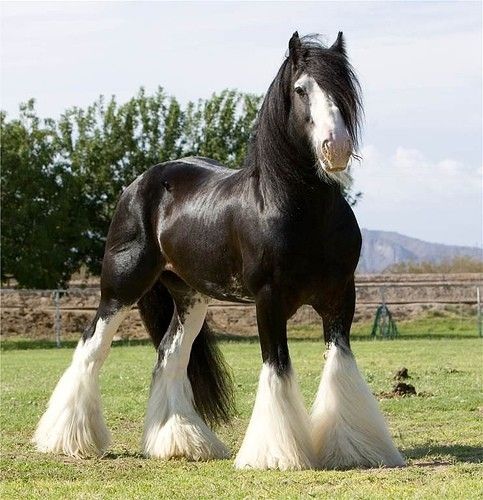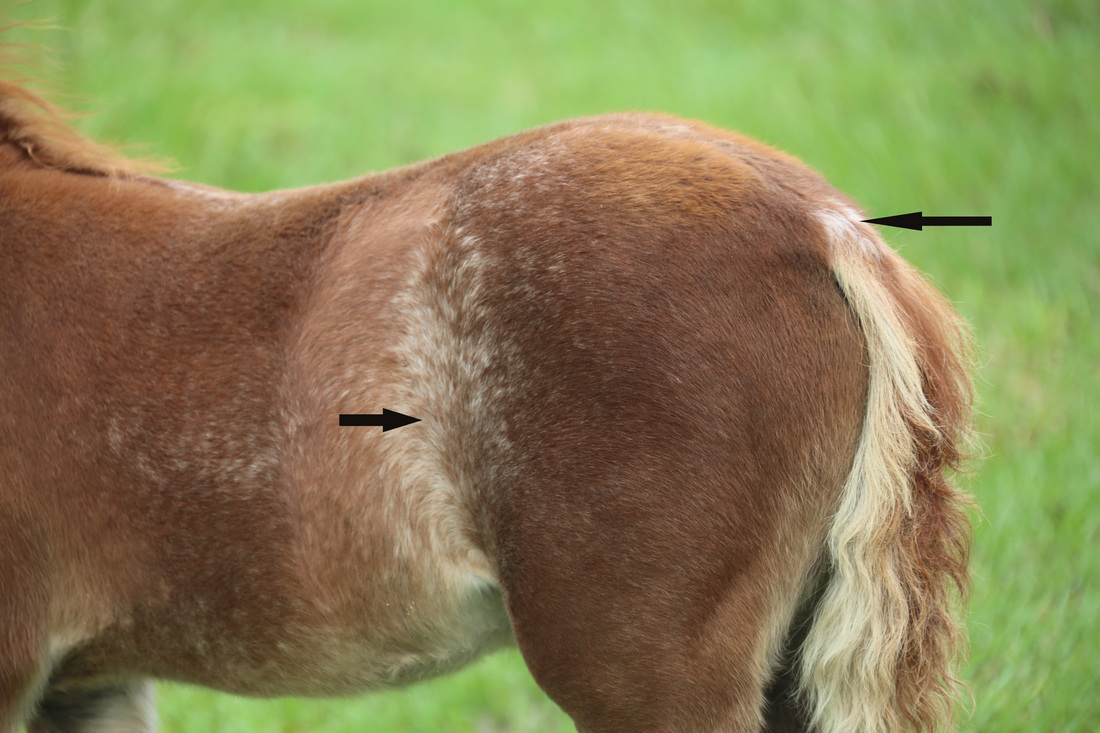BogTrotter
Active Member
Hi,
I was wondering if someone could help me with something I've been wondering about please?
I was reading some past posts in the Breeding section, and one of them had a discussion about what colour the foal would or would not be. I didn't even realise one could even predict such a thing!!
So, if one was to put, say:
a brown/black with some white belly splashes, a bit of white flecking & four white 'socks';
with a
a blue blagdon with some white belly splashes; would this give any indication of what colour the foal maybe?
Thank you. I just wish to increase my learning.
I was wondering if someone could help me with something I've been wondering about please?
I was reading some past posts in the Breeding section, and one of them had a discussion about what colour the foal would or would not be. I didn't even realise one could even predict such a thing!!
So, if one was to put, say:
a brown/black with some white belly splashes, a bit of white flecking & four white 'socks';
with a
a blue blagdon with some white belly splashes; would this give any indication of what colour the foal maybe?
Thank you. I just wish to increase my learning.



